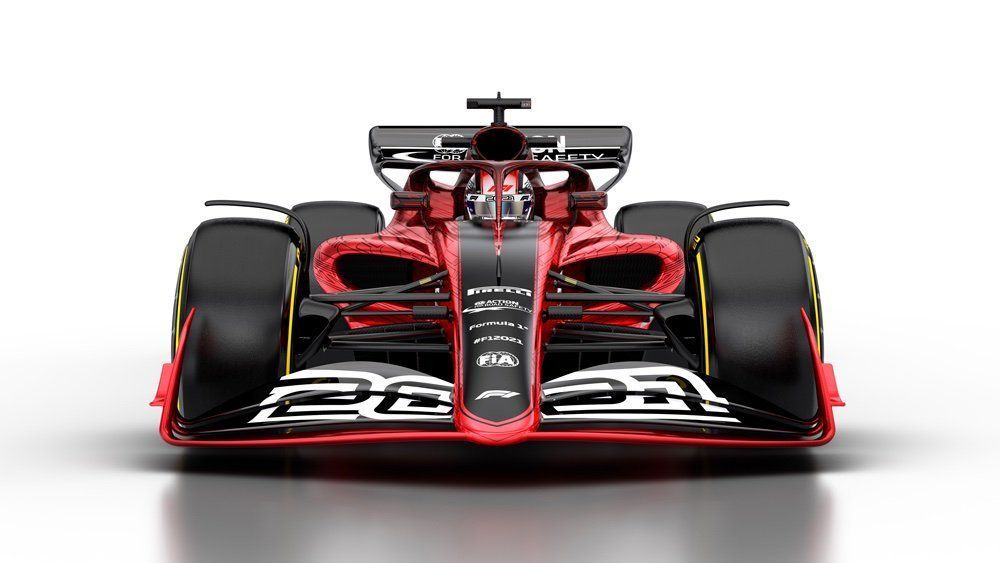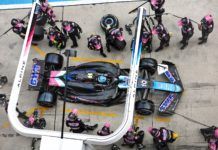Racing Point technical head Andrew Green reckons that the F1 regulations for 2021, especially at the front, is ‘incredibly restrictive’.
When F1 released their new regulations for the 2021 season, one of the large concerns from both fans and members of the industry was the level of restriction the regulatory changes gave teams, apart from knowing if it brings the grid closer.
The actual details in full is still not fully formulated but F1 teams have got a good amount of information to start working towards the big change. On the aerodynamic side, Racing Point tech chief Green feels the front-end is ‘incredibly restrictive’.
The regulations are tight as they aim to reduce dirty air from the leading car, which meant providing an explicit set of rules to be followed on the aerodynamic front. These are rules which Green finds to be counterproductive, at the current stage.
He also pointed out that the F1 cars will be less enjoyable to drive, and thus harder to race in. “The concept is do-able,” said Green, to media including FormulaRapida.net. “But I think the wording needs some refinement, shall we say, to make it into a set of regulations that reflect the intention.
“What was presented as a 2021 model by F1 and what’s written in the regulations are two different things. The main differences occur in the whole of article three – the aerodynamic section.
“I think there are some areas which could do with being freed up, around the front wing, around the front of the car I think it’s incredibly restrictive – to the point where it’s really going to hurt is the handling of the car.
“I mean, it’s going to be a real nasty piece of work to drive [for drivers in 2021]. Which, I think is something – if they had added more freedom – would allow us to sort that out. But it still retain the intent of the ground-effect car and the low following-wake.
When pressed further, Green went on to elaborate as to why the F1 cars in 2021 will be more difficult to drive. “It’s just gonna aerodynamically be quite unstable,” he said. “And I don’t think that’s a nice thing to be able to drive.
“You want cars that have been more predictable so that drivers can attack, be sure of what they’ve got underneath them, so they know what is going to happen. They can then drive the car at the limit, they know it’s stable at the limit, and from what I see at the moment none of those statements are true about [the] 2021 car.”
Few other teams have raised some questions too but the F1 chiefs don’t think the problem is huge. Ross Brawn pointed out that Racing Point did not link up as much with F1 in working towards 2021 when the research work began.
They opted out as they didn’t have as much resource. And so, he feels that it is premature to ascertain the end result already with little data. Brawn reckons that the F1 regulations should be given more time to come out in a better way.
Here’s Racing Point on feedback from their drivers
Here’s what Racing Point regarding Lawrence Stroll and Vijay Mallya
Here’s Lance Stroll on getting his qualifying better
Here’s Lance Stroll laying difference between Williams and Racing Point
Here’s what Racing Point said regarding having Nico Hulkenberg as sim driver
F1 2021: List of changes in technical, sporting and financial regulations
Tata Communications ends deal with F1, Mercedes and Williams
The article was co-written by Darshan Chokhani



















